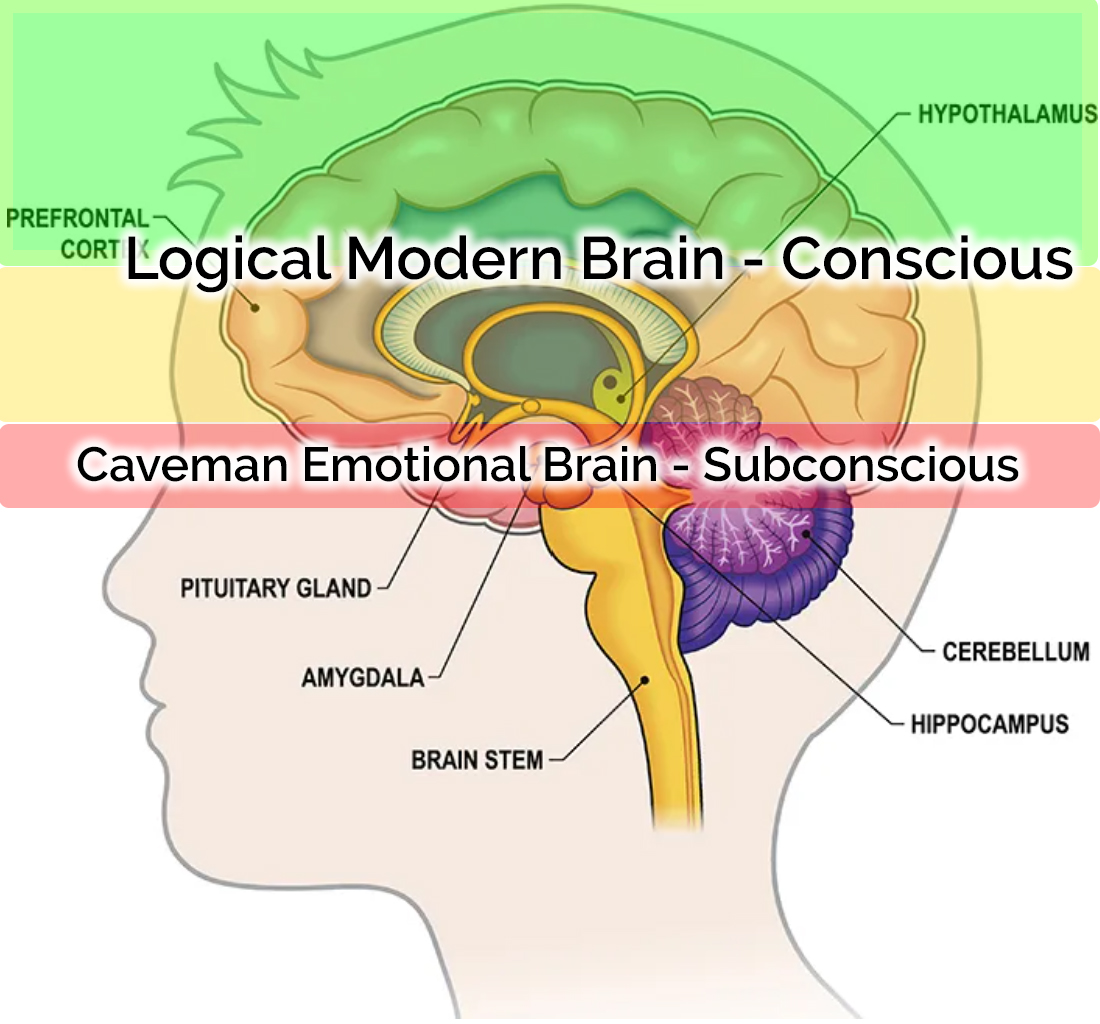The Myths about Hypnosis
The Myths about Hypnosis
The Myths about Hypnosis
As #nationalhypnotismday comes around again, Centre practitioner Marcus Matthews explores some of the myths of hypnosis.
“Look into my eyes, look into my eyes, you are now under my control”
The history of hypnosis is as ancient as that of sorcery, magic, and medicine; indeed, hypnosis has been used as a method in all three. Due to this mystical history, hypnosis is very much misunderstood in the modern clinical sense.
Its scientific history began in the latter part of the 18th century with Franz Mesmer, a German physician who used hypnosis in the treatment of patients in Vienna and Paris.
Because of his mistaken belief that hypnotism made use of an occult force (which he termed “animal magnetism”) that flowed through the hypnotist into the subject, Mesmer was soon discredited; but Mesmer’s method—named mesmerism after its creator—continued to interest medical practitioners. In fact hypnosis is the very opposite, but this belief that the hypnotherapist controls your mind is still a rumour that people still believe.
A number of clinicians made use of it without fully understanding its nature until the middle of the 19th century, when the English physician James Braid studied the phenomenon and coined the terms hypnotism and hypnosis, after the Greek god of sleep, Hypnos.
Hypnosis is actual a sleep of the nervous system, not sleep in the way we think of it.
Even Freud looked into hypnosis but then rejected it, this may have been one of the pivotal moments in history where Freud missed a trick because throughout history hypnosis has been used as a technique for deep seated issues and in both World War 1 and 2 it was used in the psychoanalytic treatment of soldiers who had experienced combat neuroses, what we would now refer to as PTSD.
As more cognitive forms of therapy and support for drug treatments became the fashion post war, Hypnosis fell out of favour.
However should we still dismiss this ancient trance method?
I believe we shouldn’t, because as a former soldier and police officer who suffered from PTSD those cognitive methods didn’t work – Why?
It is well documented that the mind isn’t just about the brain, we have billions of neurons in our biological, chemical and electric mass that we call our body and traditional cognitive therapies only use around 5% of the minds capability. In hypnosis we get to access the other 95%.
Let me show you in this image and we can simply map the journey to freedom using hypnosis.
Size isn’t everything

Think of the mind in this instance as the core sections of the human brain and how it has developed.
Our Neo Cortex (Green - Safety) The neocortex is the centre for higher brain functions, such as perception, decision-making and language
The Limbic Brain (Amber – Trouble shooting) The limbic system is the part of the brain involved in our behavioural and emotional responses, lets think of that as our not to sure brain.
The Amygdala (Red – The Danger Zone) is commonly thought to form the core of a neural system for processing fearful and threatening stimuli, including detection of threat and activation of appropriate fear-related behaviours in response to danger. Fight, flight or fawn.
As you go from green to red, the mind is less responsive to logic and more responsive to emotion, so if logic accounts for 5% of our mind and emotion 95% then in the battle between logic and emotion, emotion will always win.
What this means is that when you are in the danger zone the place where anxiety and fear live, talking is no use because that is in the green zone.
You may experience this shut down from green to red as like a cloud descending, this is basically the brain moving through the state of safety and connection to fear.
In hypnosis the brain wave changes from Beta (logical) to Alpha(emotional).
Think of it like this.
When you are using your logical brain it like using your computer
When you are in the emotional brain it’s like putting your computer in safe mode.
What this means is, that the mind becomes hyper focused in connecting to your autonomic nervous system, the back end of the operating system if you like.
In hypnosis we are able to access parts of the mind and body which controls emotion, meditation for example is a type of hypnosis. This is why meditation is great for relieving anxiety but under hypnosis we can actually find the root cause.
In this state the therapist can now remove the feeling that you attach to those logic stories.
When you remove the feeling from the story, then the story has no power.
That is why as a Rapid Transformational Therapist my clients break free of Anxiety and other emotional driven habits like smoking, drink, drug abuse simply and easily because we find the root cause of the emotional driver not the logical story.
If you would life to find out more about how I could help you then get in touch.
Hypnosis is not Woo Woo it’s practical neuroscience, but if you like Woo Woo, then the subconscious is where you get to access the Woo Woo to make amazing shifts in your life.
Find out more at www.makeyourlifecount.co.uk
Author Marcus Matthews cl.HYP RTT GQHP
About the Centre
The Centre for Integral Health was started in 2013 by director Ben Calder after studying Integral theory since 2011 and over 10 years of professional practice of kinesiology and Bowen fascia Release Technique, coupled with the desire to explore the application of the Integral Model in relation to health.
read more


